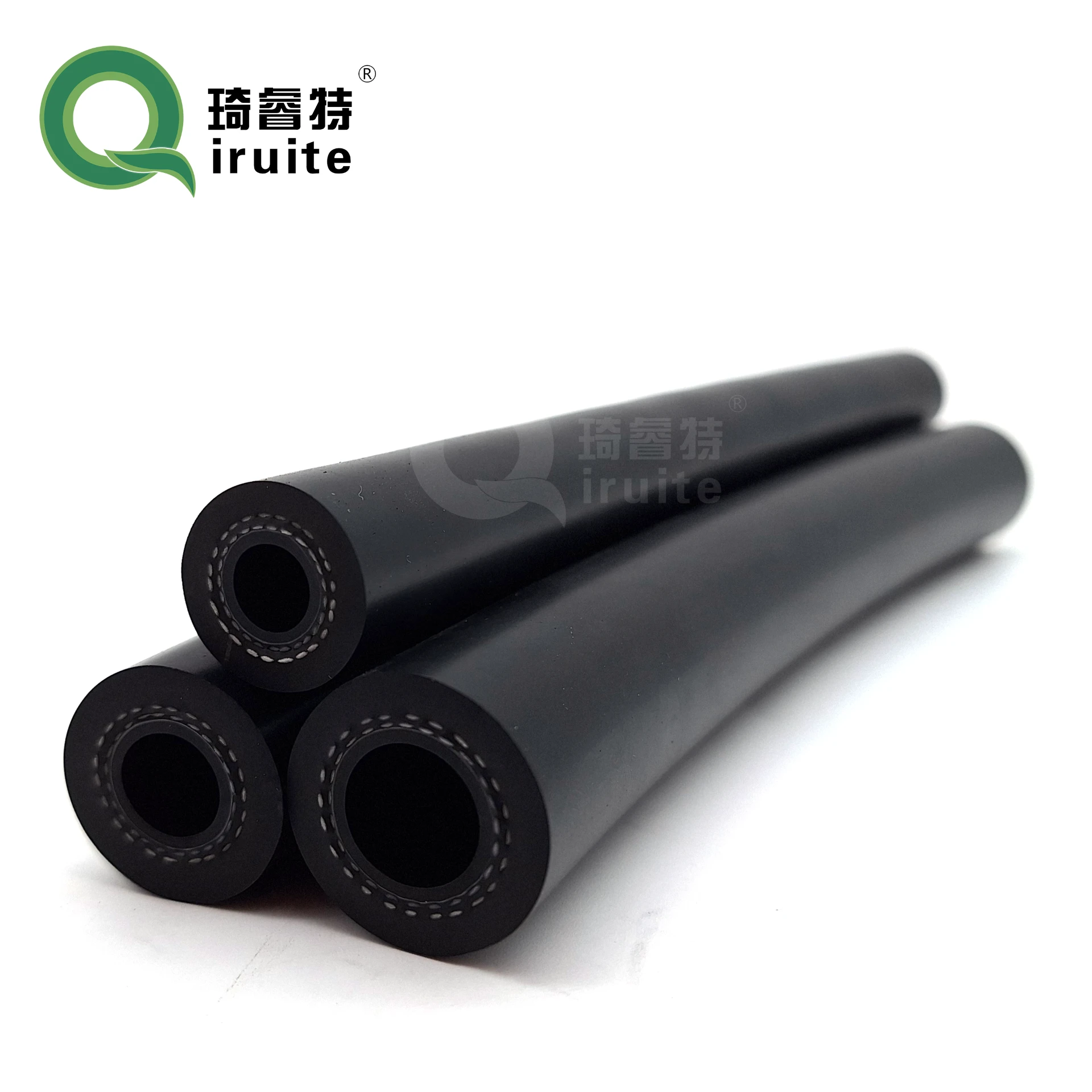Steps to Remove Power Steering Hose Efficiently and Safely
How to Remove Power Steering Hose A Step-by-Step Guide
Power steering is an essential feature in most modern vehicles, providing drivers with the ease and comfort of smooth steering. However, like any automotive component, power steering systems can develop leaks or become worn over time, necessitating the removal and replacement of the power steering hose. This article will guide you through the process of removing a power steering hose safely and efficiently.
Tools and Materials Needed
Before you begin, ensure you have the necessary tools on hand
1. Wrench set (metric or standard, depending on your vehicle) 2. Screwdrivers (flathead and Phillips) 3. Pliers 4. Clean rags or paper towels 5. Drain pan 6. Power steering fluid 7. Safety goggles and gloves
Step 1 Prepare the Vehicle
1. Park on a Level Surface Ensure your vehicle is parked on a flat, hard surface, and engage the parking brake for safety. 2. Disconnect the Battery Before working on the power steering system, it’s prudent to disconnect the negative battery terminal to prevent any electrical issues.
Step 2 Locate the Power Steering Hose
1. Identify the Hose The power steering hose typically runs from the power steering pump to the steering gear or rack. It may have a high-pressure hose that handles fluid under high pressure and a return hose that deals with lower pressure. Take note of which hose you will be removing. 2. Consult the Owner’s Manual For specific locations and detailed diagrams, consult your vehicle’s owner’s manual.
Step 3 Drain the Power Steering Fluid
1. Place a Drain Pan Position a drain pan under the power steering reservoir to catch any fluid that may spill during the removal process. 2. Remove the Fluid Cap Carefully open the cap on the power steering reservoir. This will create a vacuum and help the fluid drain more easily. 3. Drain the System Depending on your vehicle design, you may need to disconnect the return hose first, allowing the fluid to drain completely.
power steering hose removal

Step 4 Disconnect the Power Steering Hose
1. Loosen the Fittings Using the appropriate wrench, start loosening the fittings at both ends of the power steering hose. Be careful, as some residual fluid may still be present. 2. Remove the Hose Brackets Some hoses may be secured with brackets or clips. Use pliers or a screwdriver to remove these before fully disconnecting the hose. 3. Take Out the Hose Once all connections are loose, carefully pull the hose out. It may require some wiggling, but avoid using excessive force as this might damage other components.
Step 5 Inspect and Clean
1. Inspect the Components Before installing the new hose, inspect the fittings and other related components for wear or damage. Clean any residual fluid from the area to avoid contamination of the new fluid. 2. Test the New Hose Compare the new hose with the old one to ensure it is the correct part before installation.
Step 6 Install the New Power Steering Hose
1. Attach the New Hose Begin by attaching the new power steering hose to the same connections from which you removed the old hose. Ensure everything is tightened to avoid leaks. 2. Secure with Brackets If your vehicle has metal brackets or clips, make sure they are installed firmly to hold the hose in place.
Step 7 Refill the Power Steering Fluid
1. Fill the Reservoir Once the new hose is installed, refill the power steering fluid reservoir with the appropriate type of fluid recommended for your vehicle. 2. Bleed the System Start the engine and let it run for a few minutes, turning the steering wheel from lock to lock to help bleed any air out of the system.
Conclusion
Removing and replacing a power steering hose may seem daunting, but with the right tools and guidance, it's a manageable task. Regular maintenance of your power steering system is crucial for safe driving and can save you from costly repairs in the future. Always consult your vehicle's service manual for specific instructions related to your model and enjoy the ease of fluid steering once again!
-
Ultimate Spiral Protection for Hoses & CablesNewsJun.26,2025
-
The Ultimate Quick-Connect Solutions for Every NeedNewsJun.26,2025
-
SAE J1401 Brake Hose: Reliable Choice for Safe BrakingNewsJun.26,2025
-
Reliable J2064 A/C Hoses for Real-World Cooling NeedsNewsJun.26,2025
-
Heavy-Duty Sewer Jetting Hoses Built to LastNewsJun.26,2025
-
Fix Power Steering Tube Leaks Fast – Durable & Affordable SolutionNewsJun.26,2025

